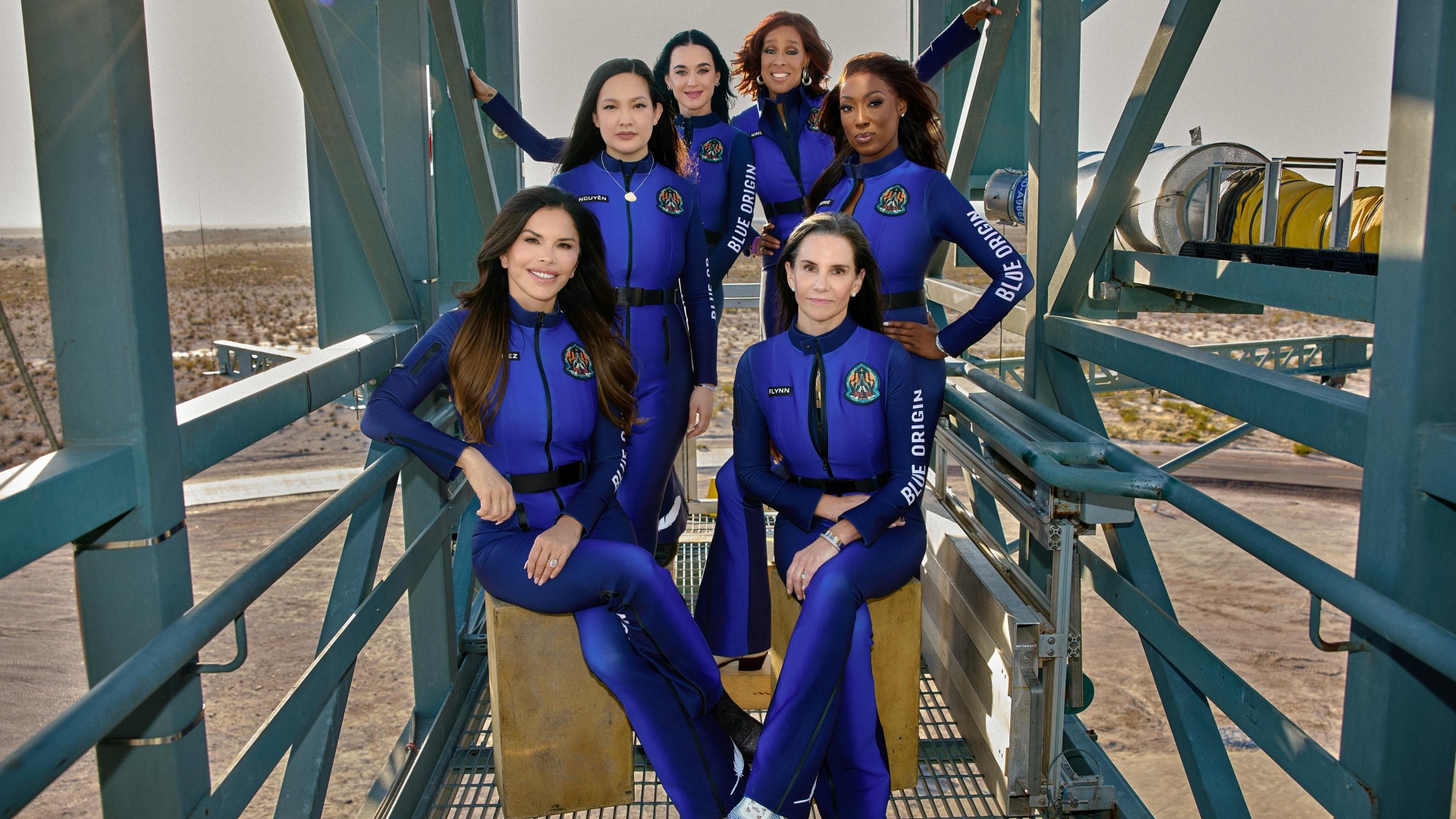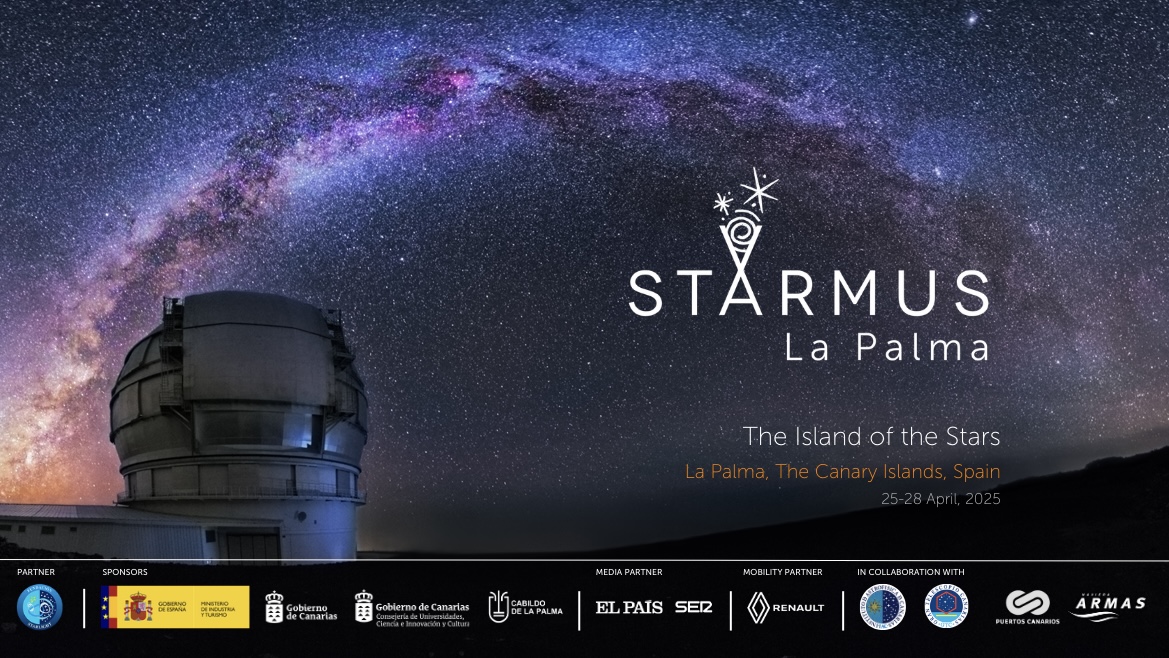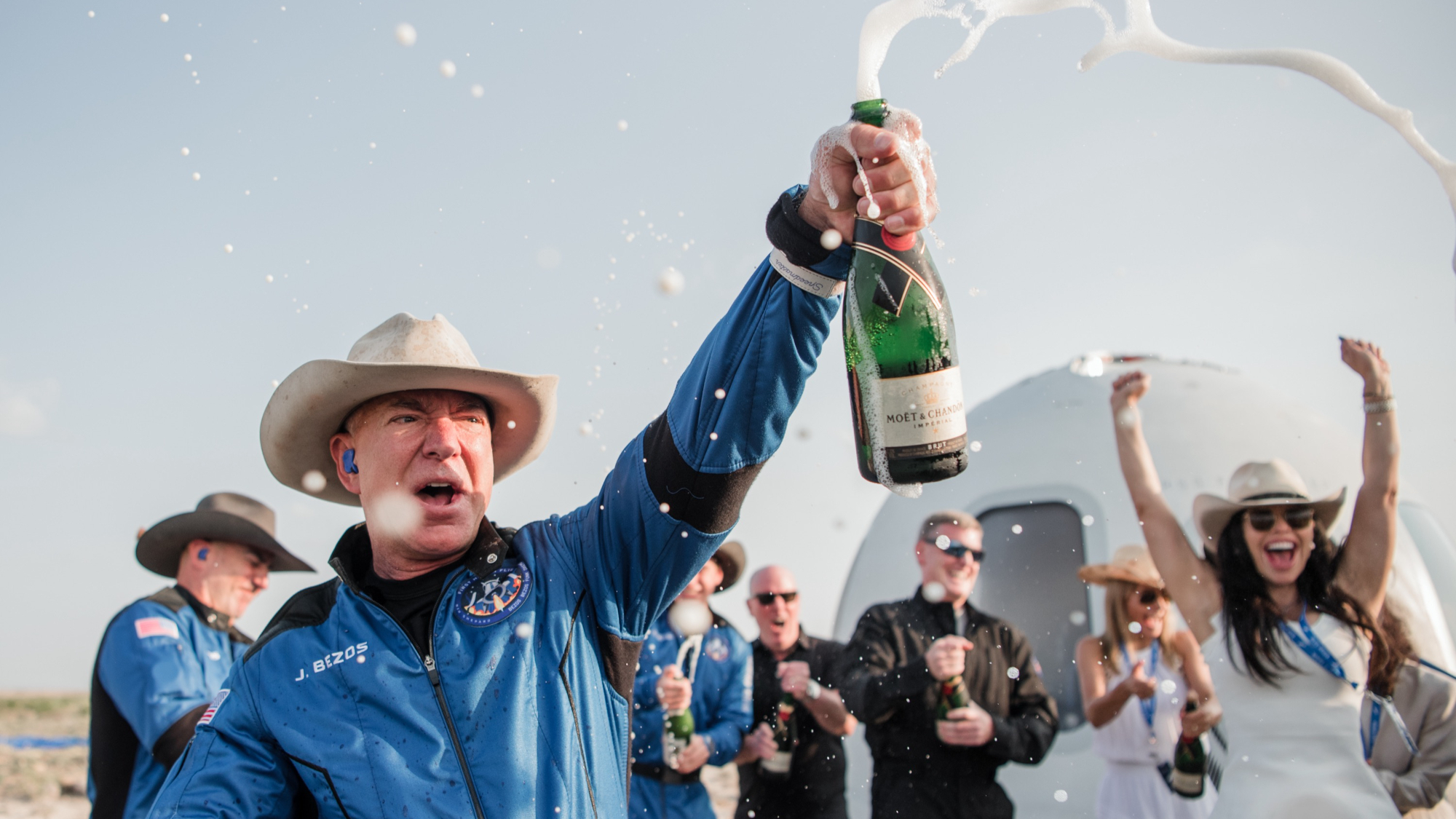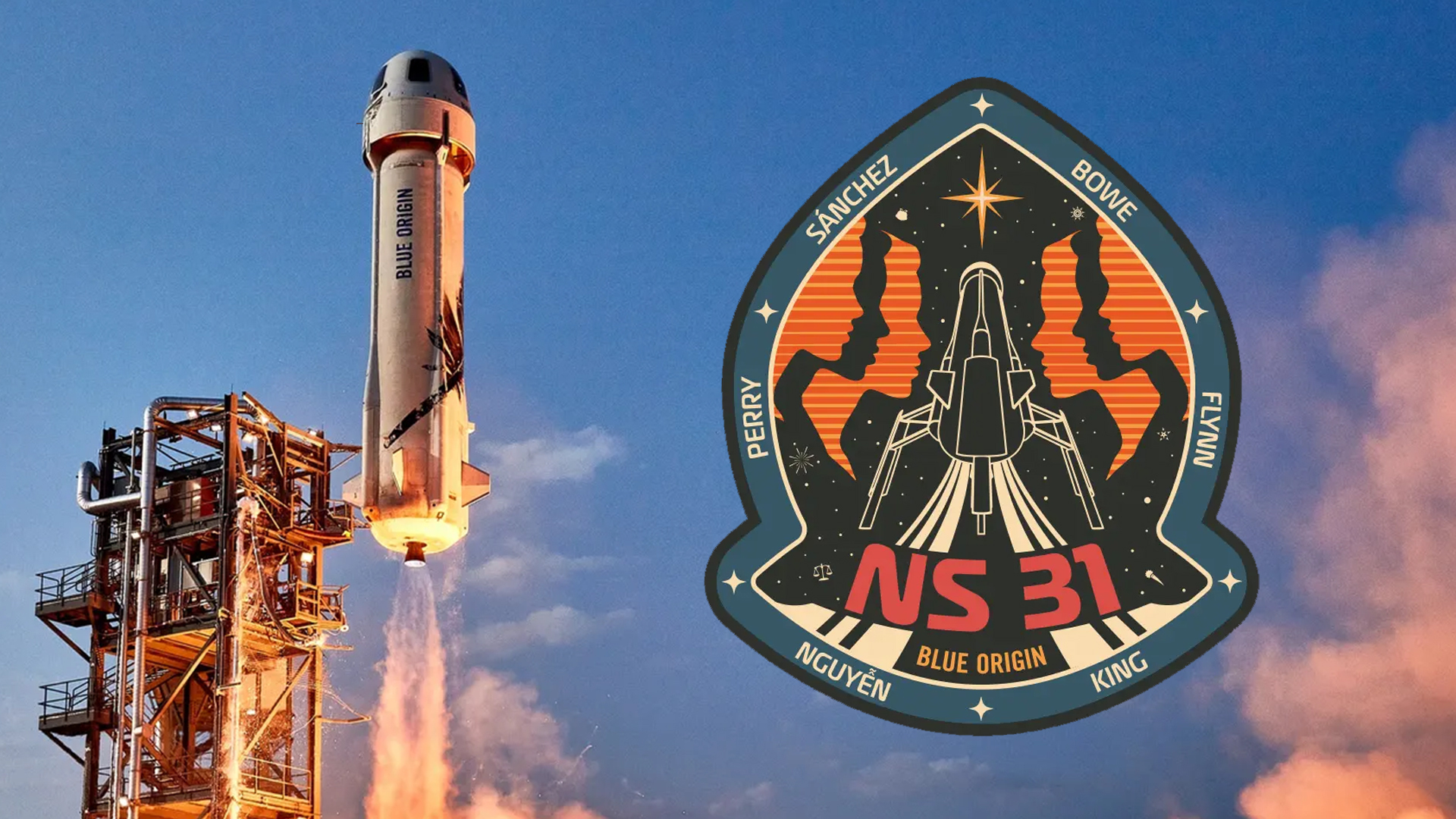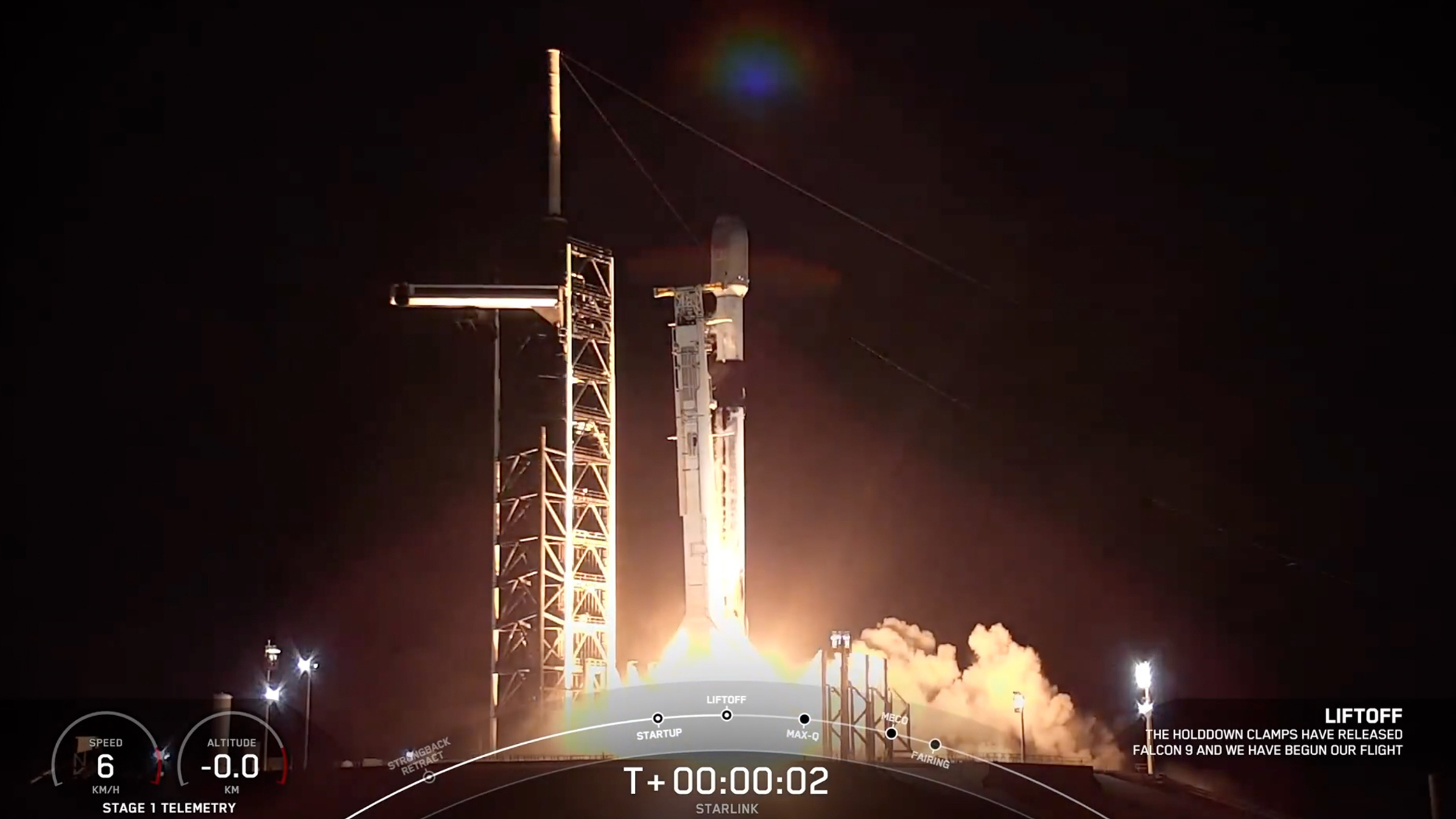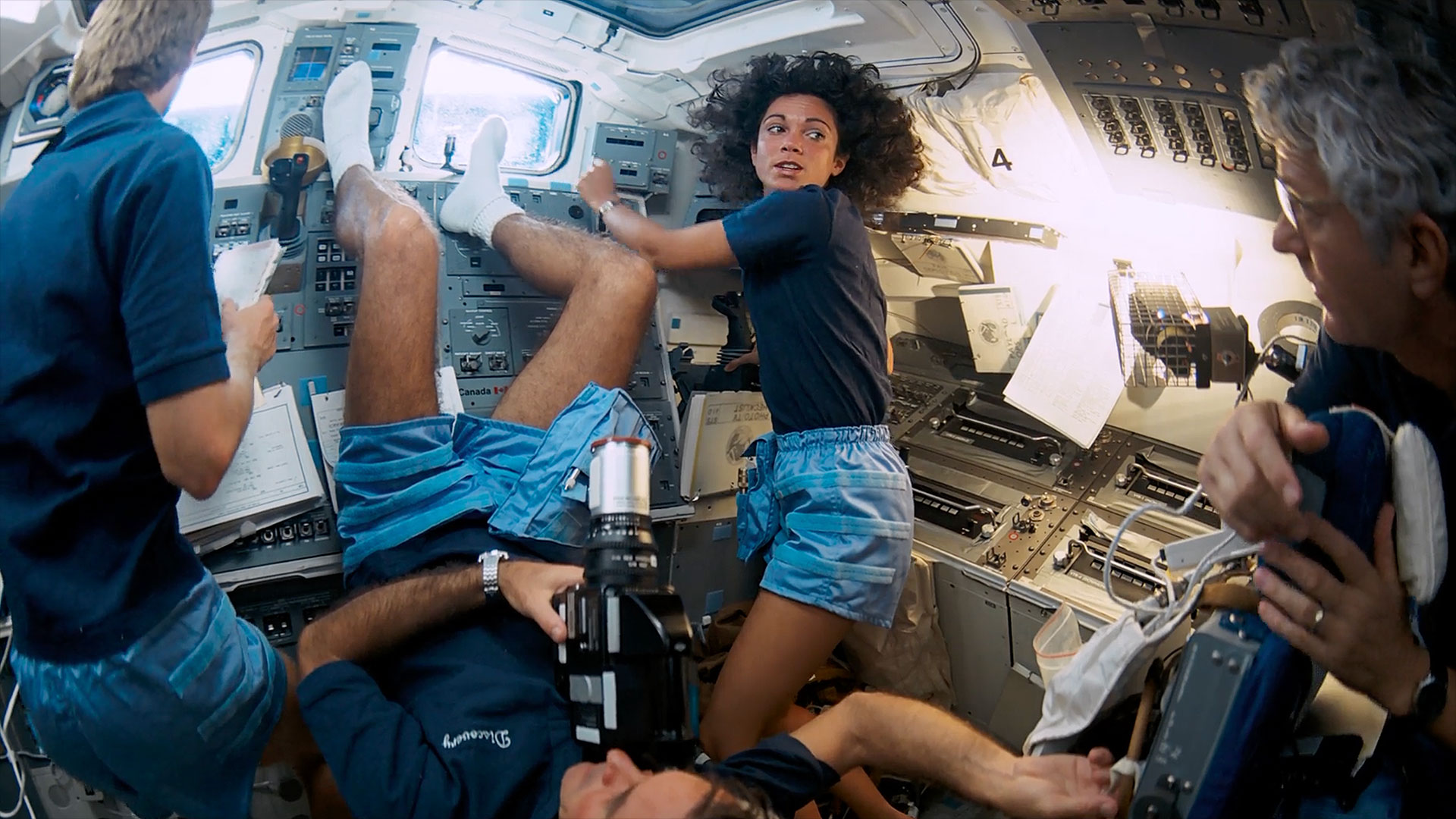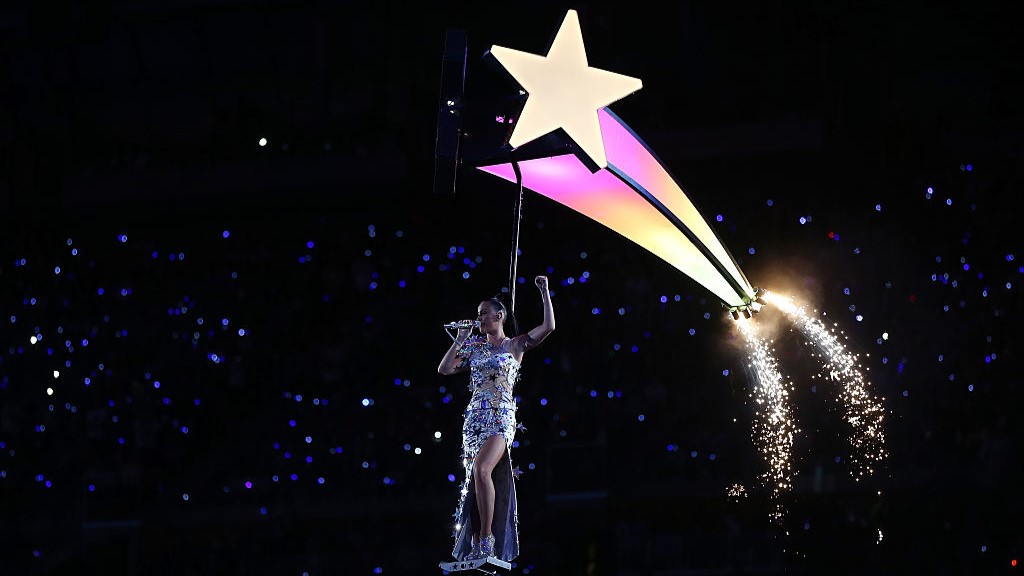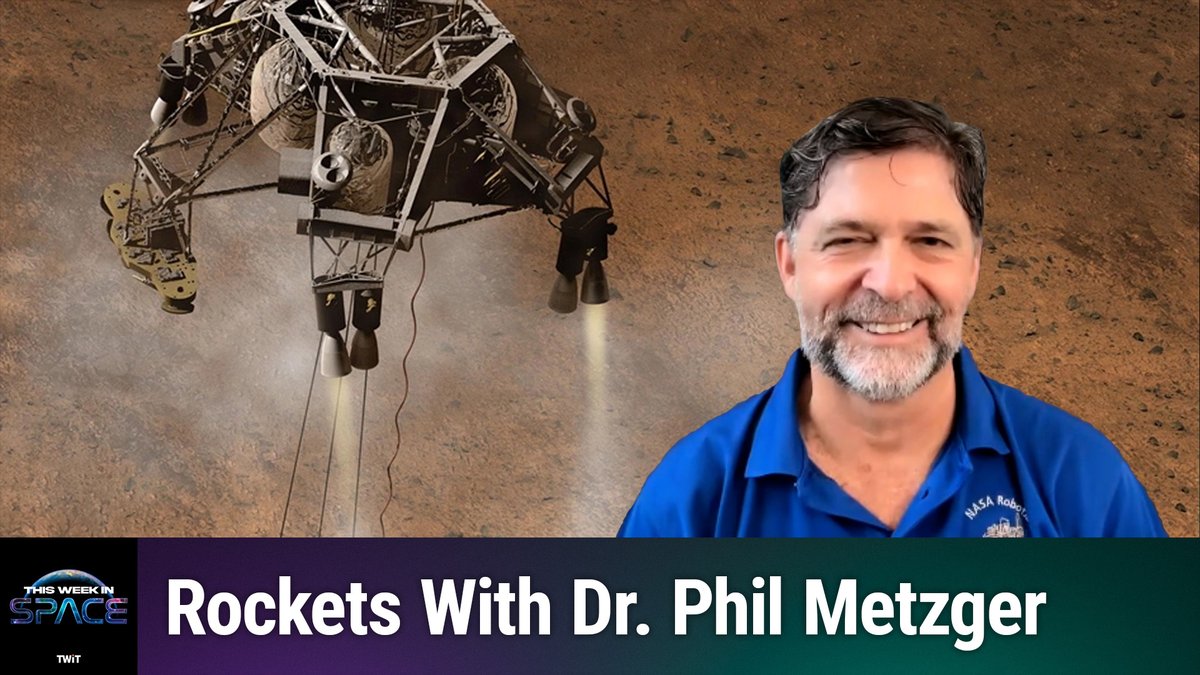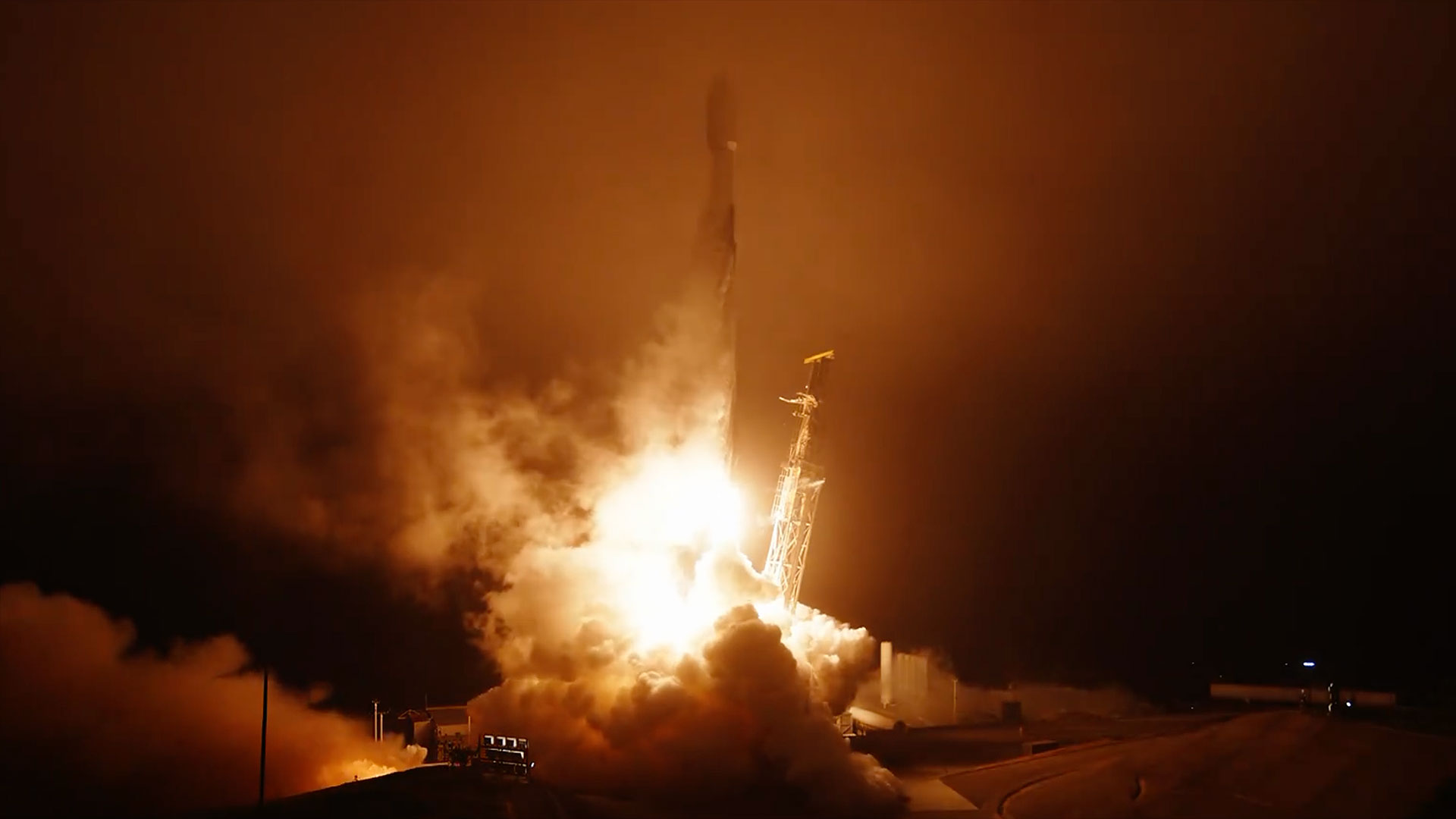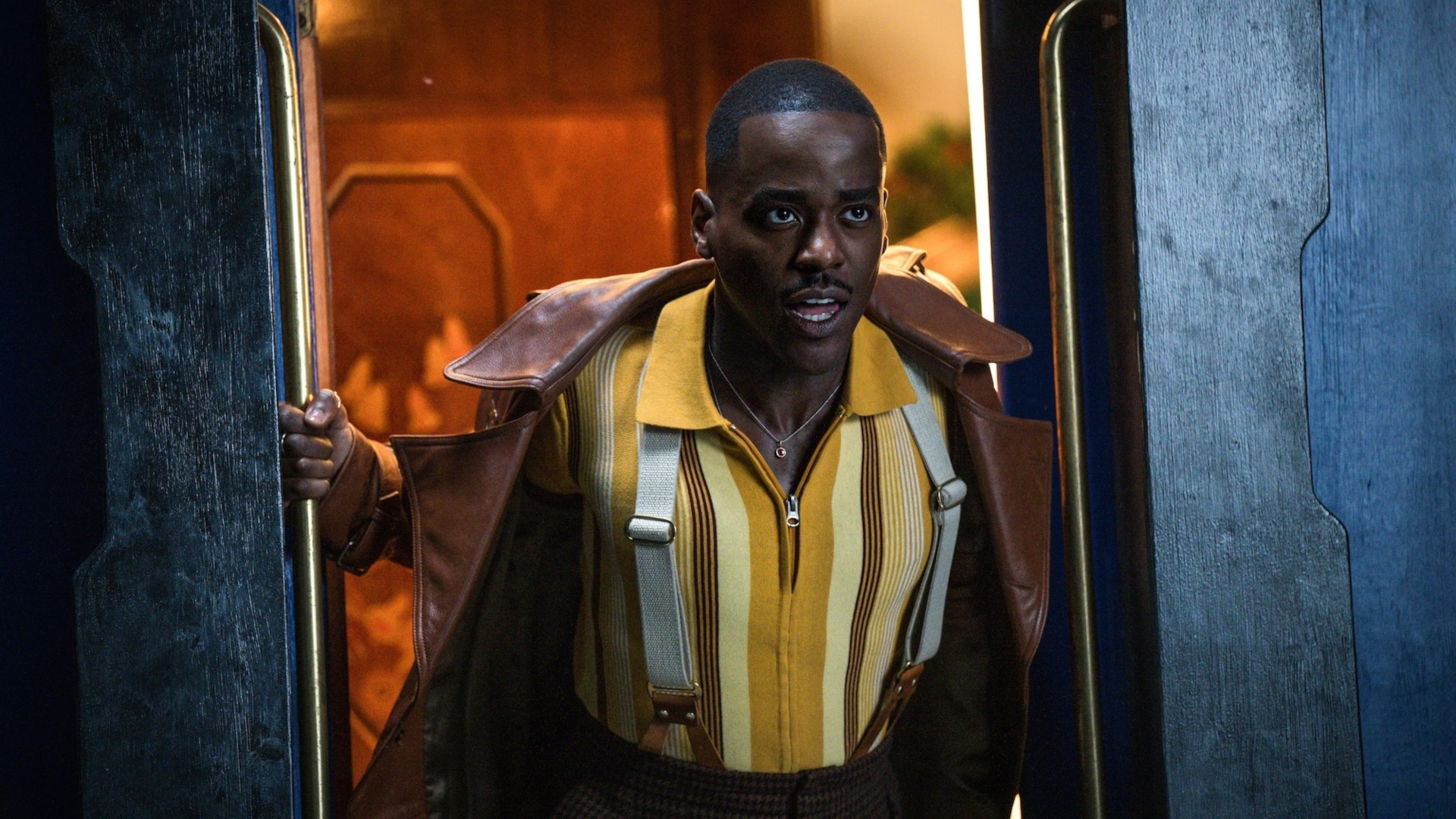Black holes vibe together in a cosmic love story for Valentine's Day written in the stars
"This discovery challenges the common belief that black holes formed in star clusters always have randomly distributed spins."
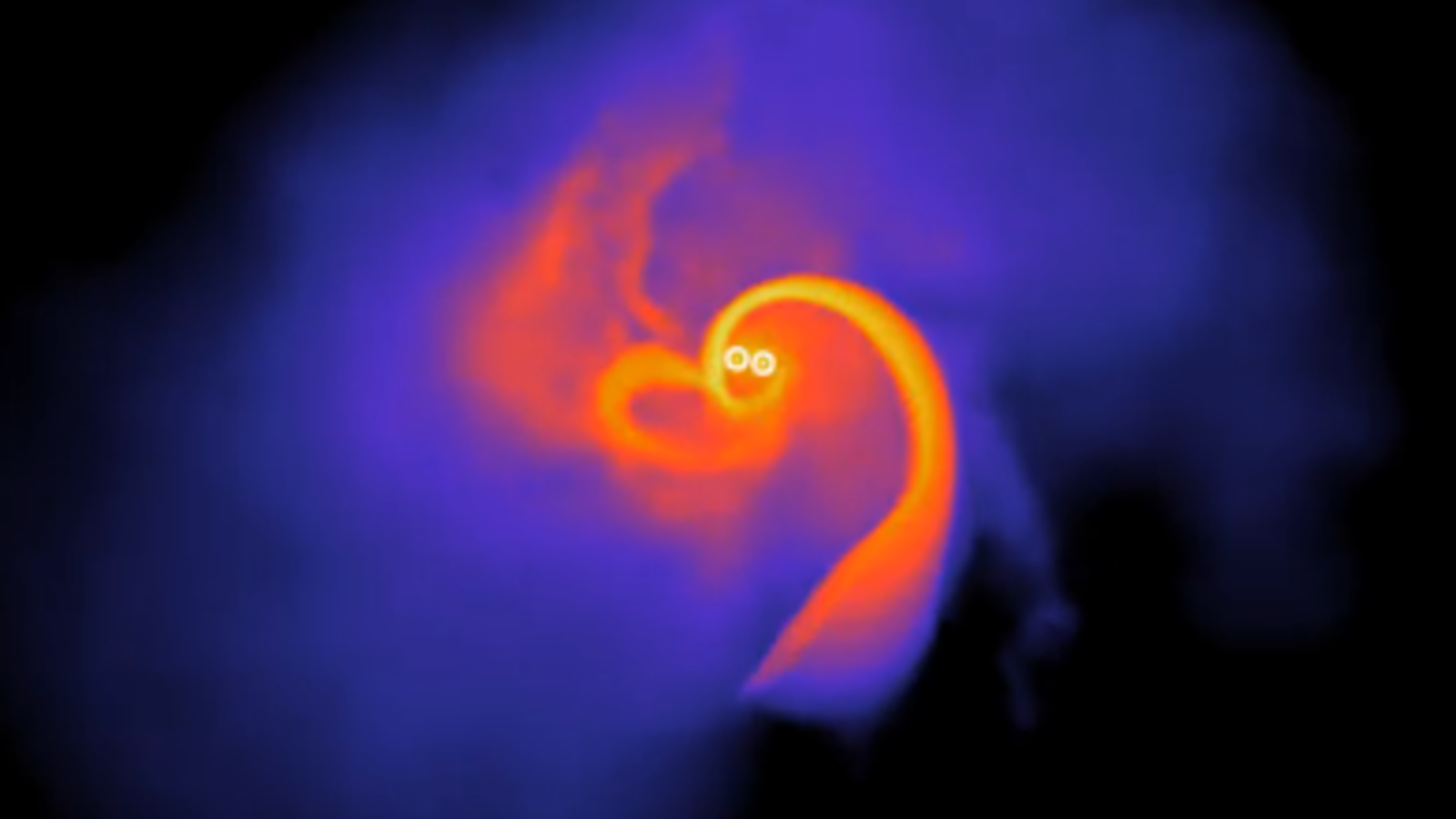
"Roses are red. Violets are blue. Your event horizon means I can't see you!" As that ugly verse shows, black holes aren't exactly conducive to romantic imagery on Valentine's Day. However, a new simulation revealed just in time for Feb. 14 shows how dancing black holes can "vibe" with one another, forming a cosmic love story that is literally written in the stars.
More precisely, the team behind the simulation discovered that binary black hole pairs formed in dense star clusters first align their spins before coming together and merging.
The discovery could explain mysterious signatures seen in gravitational wave signals detected by the Laser Interferometer, Gravitational-Wave Observatory (LIGO), and its co-detector Virgo.
This research runs contrary to previous theories that suggested before they meet and merge, black holes each have their own spins that are random and chaotic.
"This discovery challenges the common belief that black holes formed in star clusters always have randomly distributed spins," team leader and Northwestern University researcher Fulya Kıroğl said in a statement.
How do black holes recreate the most famous scene from Lady and the Tramp?
This team, led by Northwestern University researcher Fulya Kıroğlu, found that as black holes are drawn together across a cosmic dance floor, they encounter massive stars.
The immense gravity of the black holes generates tidal forces squashing and stretching these stars in a process called "spaghettification." The black holes then slurp down these noodles of stellar pasta in a scene that may summon images of the famous spaghetti-eating scene in "Lady and the Tramp."
But this is more than just a romantic cosmic meal. The mass gathered by the black holes increases their gravitational influence. This realigns the spin of the black holes, ringing them into sync.
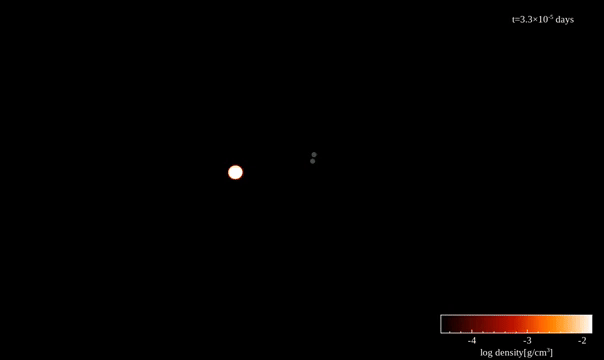
"When a massive star is torn apart by a binary black hole, it creates two separate streams of debris, each spiraling around one of the black holes," Kıroğl said. "Initially, the direction of these spinning debris clouds is random. However, as the black holes get closer, powerful tidal forces begin to realign these clouds, gradually influencing the spin direction of the black holes themselves."
If this wasn't already faux-romantic enough, the above simulation shows that as the black holes draw together, streams of material from their stellar meals wrap around them, forming an iconic Valentine's Day heart.
Get the Space.com Newsletter
Breaking space news, the latest updates on rocket launches, skywatching events and more!
"Over time, this process leads to black hole mergers with a slight but consistent alignment of their spins — something that had been seen in gravitational wave signals from merging binary black holes detected by LIGO/Virgo but had not been fully understood until now," Kıroğl continued.
The team's research has been accepted for publication by The Astrophysical Journal Letters.
Join our Space Forums to keep talking space on the latest missions, night sky and more! And if you have a news tip, correction or comment, let us know at: community@space.com.

Robert Lea is a science journalist in the U.K. whose articles have been published in Physics World, New Scientist, Astronomy Magazine, All About Space, Newsweek and ZME Science. He also writes about science communication for Elsevier and the European Journal of Physics. Rob holds a bachelor of science degree in physics and astronomy from the U.K.’s Open University. Follow him on Twitter @sciencef1rst.
